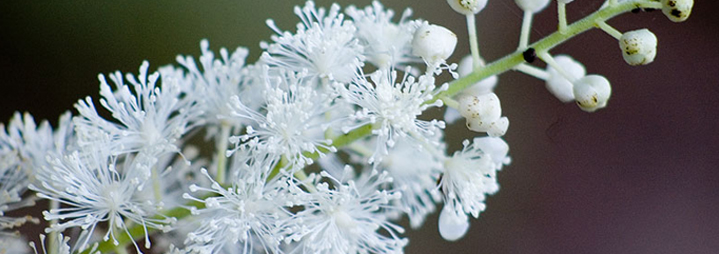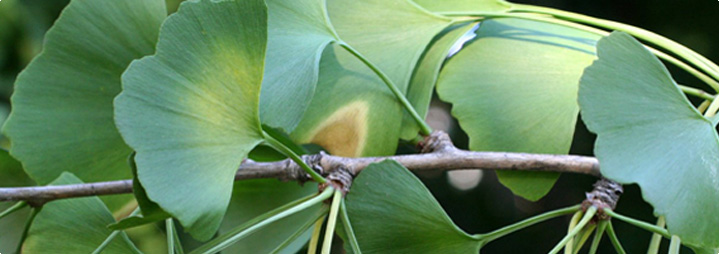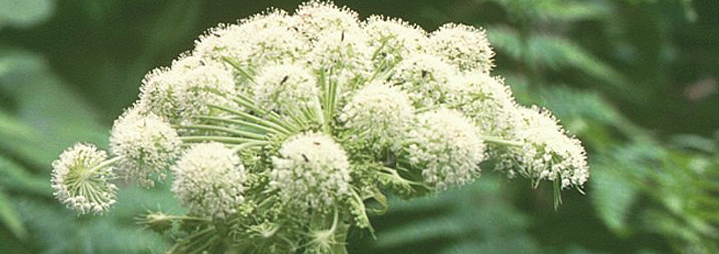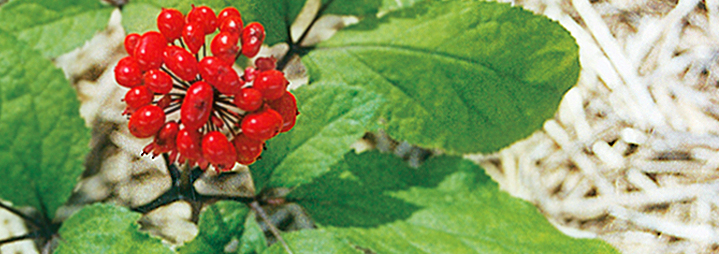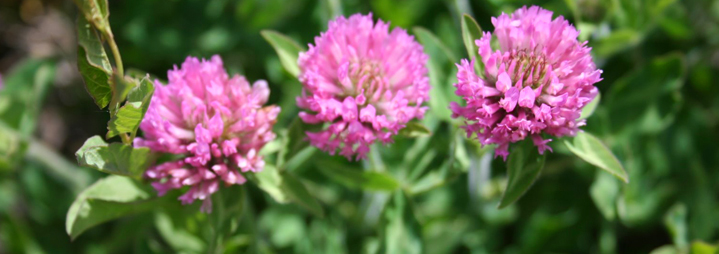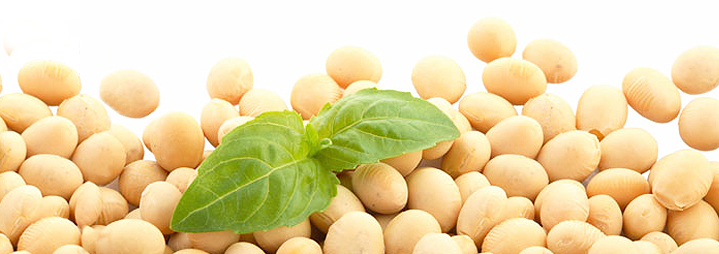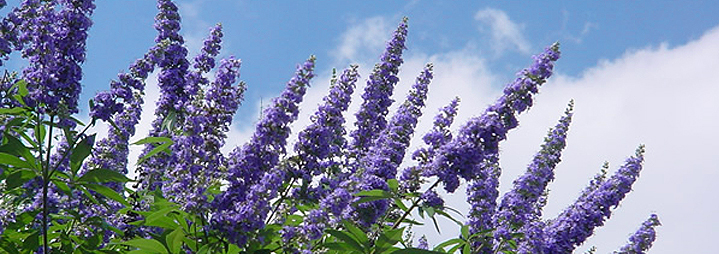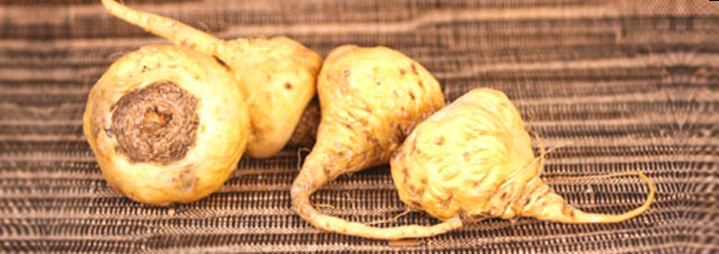Blue and Black Cohosh
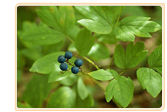 Blue and black cohosh are phytoestrogenic herbs, which are commonly used to treat menopause symptoms in middle aged women. The herb itself grows in wooded areas in the East of North America and is highly sought after for its medicinal purposes. Both black and blue cohosh contains phytoestrogens, which are used by menopausal women in the treatment of menopause symptoms.
Blue and black cohosh are phytoestrogenic herbs, which are commonly used to treat menopause symptoms in middle aged women. The herb itself grows in wooded areas in the East of North America and is highly sought after for its medicinal purposes. Both black and blue cohosh contains phytoestrogens, which are used by menopausal women in the treatment of menopause symptoms.
The herbs are similar in terms of their name but different in terms of the species of plants that the hail from. The blue and black of their name stems from the difference in how the plants look.
What are the differences between Blue and Black Cohosh?
Many aliases
Blue Cohosh is known by a variety of other names, including: Yellow Ginseng, blueberry root, papoose root and beech drops.
Despite being relatively similar in terms of effect, blue and black cohosh has 2 distinctly different appearances.
Blue cohosh (Caulopyllum thalictroides) is regularly found growing along east coast of North America. Its name stems from the fruit that grows from the plants fruit which is blue and green in appearance. In their early stage these plants are purple in appearance and can sometimes grow to 3 feet tall upon maturity. In terms of root the difference between blue and black cohosh is that the roots of black cohosh are black or shades of dark brown.
Uses of Blue and Black Cohosh
Both types of this phytoestrogenic herb can be used in their extract form, or in pills as supplements. The herb is also been known to be effective in inducing childbirth.
Health Benefits of Blue Cohosh
Native Americans and blue cohosh
The Native Americans harvested the health benefits of black cohosh before other civilizations realized its uses. The believed it solved a whole host of health problems such as: rheumatism, epilepsy and irregular menstrual cycles.
Ancient civilizations such as the Native Americans sought the curative properties of blue cohosh in order to treat a myriad of ailments. Today, the phytoestrogens in phytoestrogenic herbs such as blue and black cohosh are used to treat women who are exhibiting menopause symptoms. Menopause symptoms such as hot flashes, vaginal dryness and insomnia manifest in middle aged women to varying degrees. Their occurrence is as a result of an imbalance of hormones in the body. Phytoestrogenic herbs such as blue and black cohosh help such women by replacing lost human estrogens with estrogen like plant hormones.
Side Effects of Blue Cohosh
Despite its obvious health benefits blue cohosh can come with a number of side effects. These can include the following:
 Childbirth: There have been no proven negative effects on the consumption of blue cohosh for pregnant women but potential risks haven't been widely discredited either.
Childbirth: There have been no proven negative effects on the consumption of blue cohosh for pregnant women but potential risks haven't been widely discredited either.
Aspirin: Studies have shown that mixing these two medications can lead to complications.
Breast Cancer: Blue cohosh has been known to increase the number of existing breast cancer cells in the body.
Conclusions about Blue and Black Cohosh
Even though blue and black cohosh can provide a variety of health benefits for those taking them, it can also carry with it a number of risks. As a phytoestrogenic herb blue and black cohosh can introduce potent chemicals into the body which contain almost as many negatives as positives.
There are other alternative remedies which are just as effective as Blue and Black Cohosh, but without the side effects. Non-estrogenic herbs, for example, are a great option for alleviating the symptoms of menopause. Read more in the following article.









